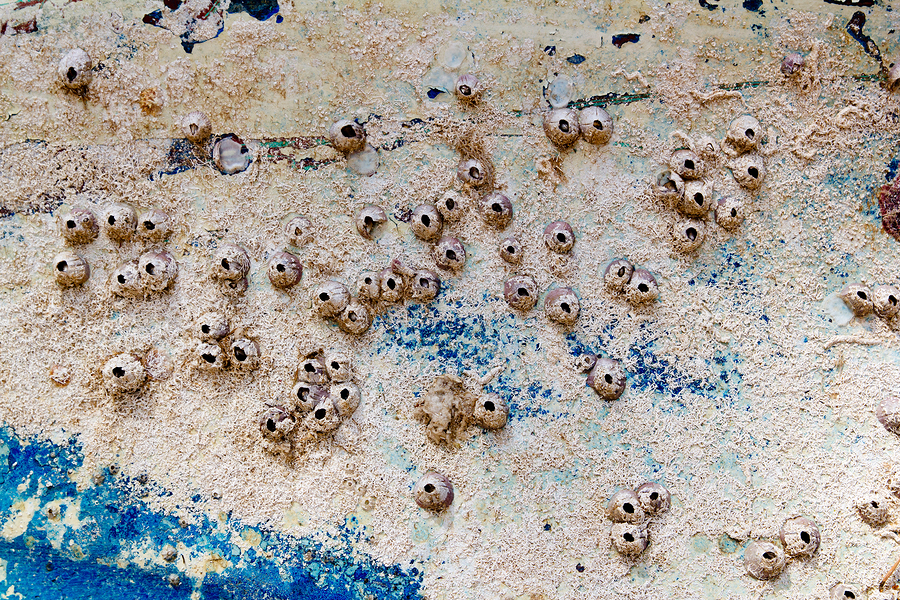By Craig Eason, Editorial Director, Fathom World
THE number of aquatic species that are already known to have been transferred to new habitats by ships is staggering. I once heard that there are over 200 in the Baltic Sea alone
The problem was identified more than 30 years ago (by Canada noting invasive species in the Great Lakes) and the industry is still arguing over it. As an example of environmental regulation it is embarrassing.
Now the shipping industry has successfully lobbied for a further delay in being compliant. But then again, if the metaphorical horse has bolted, why risk being found at fault for then badly closing the door by installing equipment that turns out to not be fit for purpose.
But it is possible that none of this need have happened if shipping and technology reps, and the rule makers sent by IMO members to the marine environment protection committee had done two things.
The rule makers should have been less ambitious with the rules and focused it on only newbuildings after a specific date, and left existing vessels to use ballast water exchange. How many vessels built prior to 2004, when the ballast water convention was agreed, will be in the water when the final retrofit is made in perhaps 2022 (according to the latest delay in compliance).
The green lobby group may have been critical, but look what has happened given they got text that they liked but was difficult to apply.
Secondly industry could have been more engaged with the Globallast global industry alliance to allow increased two-way feedback, so rule makers, industry and technology makers could find a common way forward.
But there is no point in saying IF, as this is not going to change the facts. Hindsight is wonderful only if it can be used going forward
However with the issue of GIA there is hope. The IMO and 13 industry players have formed a GIA for low carbon shipping. I have heard more want to join and the signs are very positive. There is of course a financial incentive, low carbon equates to less fuel and reduced operational costs.But I have also heard there is a third GIA being developed. And this is where it is important. This will be a GIA on hull fouling, another key vector for the transfer of invasive animals from one place to another.
The Globallast GIA had 5 members, the low carbon GIA has 13. The next GIA in 2018 needs to be used by industry to help work in parallel with the rule makers to get things right. This is where hindsight can help.
If another 20 years goes by allowing the environment to be disturbed by invasive species, then shipowners really do need to question their so called commitments to the seas they use to make their money.
Fathom.world
The f-word blog aims to offer a personal opinion, from the Fathom Editorial team, of events and trends in the developing transformation of the shipping industry.
































